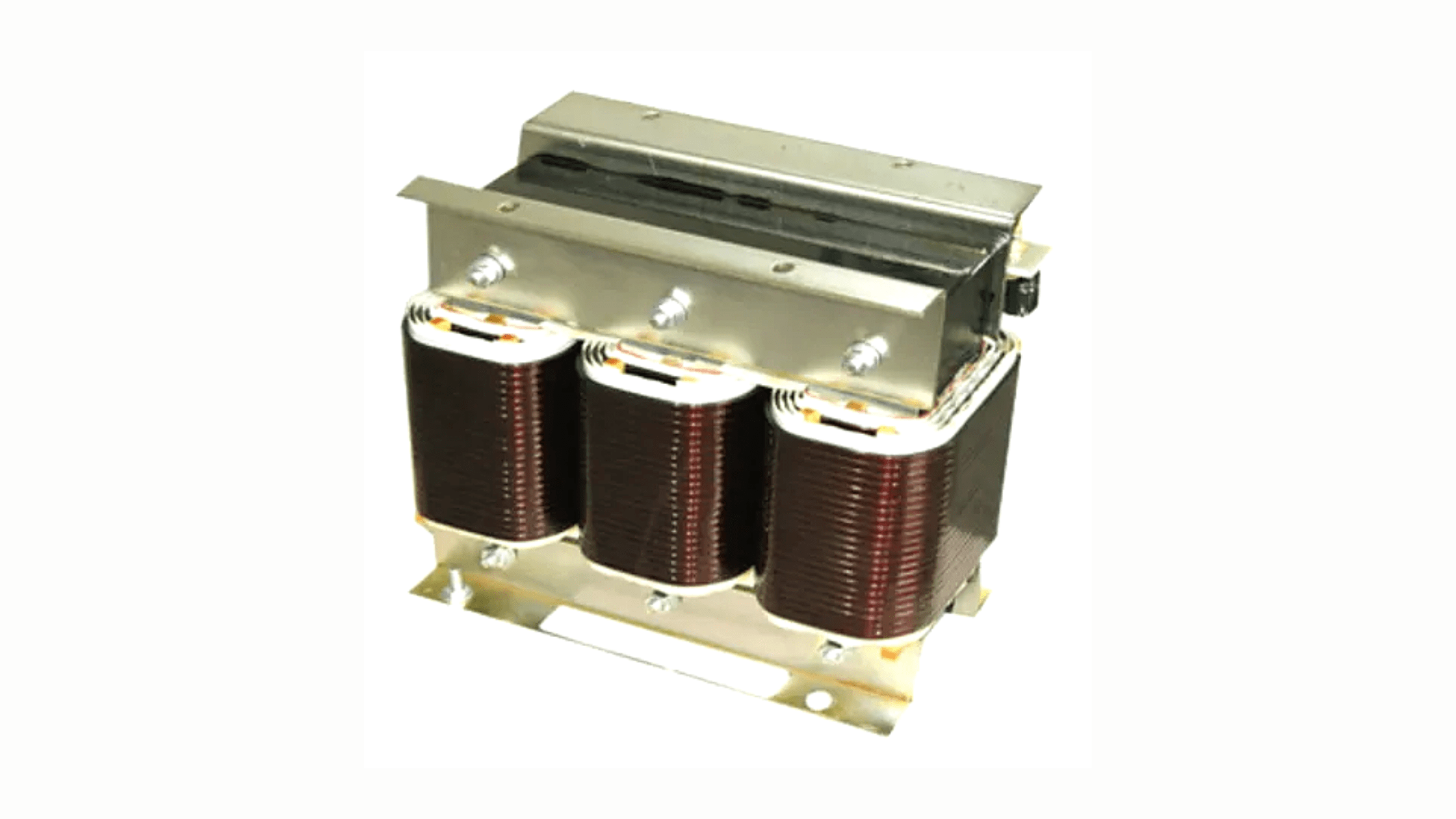Unveiling the Distinctions: Current Transformers vs. Voltage Transformers
In the realm of electrical engineering, current transformers (CTs) and voltage transformers (VTs) play pivotal roles in measuring and monitoring electrical parameters. While both devices are essential in power systems, they serve distinct purposes and possess unique characteristics. This article aims to shed light on the differences between current transformers and voltage transformers, providing a comprehensive understanding of their functionalities and applications.
- Principle of Operation:
Current Transformers:
A current transformer is designed to measure and transform high currents into manageable levels for accurate measurement and protection purposes. It operates based on the principle of electromagnetic induction, where a primary winding carries the current to be measured, and a secondary winding produces a proportional current, typically reduced by a specific ratio.
Voltage Transformers:
On the other hand, voltage transformers, also known as potential transformers, are primarily used to step down high voltages to safer levels for measurement and protection. They function based on the same principle of electromagnetic induction, where the primary winding carries the voltage to be measured, and the secondary winding provides a proportional voltage, usually reduced by a specific ratio.
- Application Areas:
Current Transformers:
Current transformers find extensive applications in power systems, particularly in metering, protection, and control. They are commonly used in conjunction with energy meters, protective relays, and current-sensitive devices. CTs accurately measure the current flowing through power lines, enabling the monitoring of power consumption, fault detection, and overload protection.
Voltage Transformers:
Voltage transformers, on the other hand, are widely employed in power systems for voltage measurement, control, and relay protection. They are commonly used in conjunction with voltmeters, protective relays, and voltage-sensitive devices. VTs provide accurate voltage measurements, ensuring the safe operation of electrical equipment and facilitating the detection of abnormal voltage conditions.
- Construction and Design:
Current Transformers:
CTs are typically constructed with a toroidal core made of laminated silicon steel, which provides a closed magnetic circuit. The primary winding is connected in series with the power line, while the secondary winding is connected to the measuring or protection devices. The number of turns in the secondary winding determines the transformation ratio.
Voltage Transformers:
VTs are usually constructed with a laminated core and two separate windings: the primary winding and the secondary winding. The primary winding is connected in parallel with the power line, while the secondary winding is connected to the measuring or protection devices. The transformation ratio is determined by the ratio of the number of turns in the primary and secondary windings.
- Accuracy and Burden:
Current Transformers:
CTs are renowned for their high accuracy in current measurement, typically ranging from 0.1% to 1% of the rated current. However, they introduce a burden on the primary circuit due to the presence of the secondary winding, which can affect the overall system performance.
Voltage Transformers:
VTs are designed to provide highly accurate voltage measurements, with typical accuracy ranging from 0.1% to 0.5% of the rated voltage. They impose a negligible burden on the primary circuit, ensuring minimal interference with the voltage being measured.
Conclusion:
In summary, current transformers and voltage transformers are indispensable components in power systems, each serving a distinct purpose. While current transformers focus on measuring and protecting high currents, voltage transformers specialize in measuring and safeguarding high voltages. Understanding the differences between these two devices is crucial for electrical engineers and technicians working in power system analysis, monitoring, and control.

Post Comment